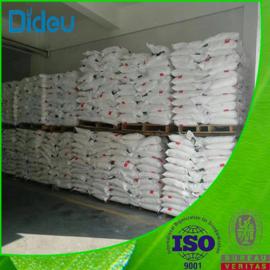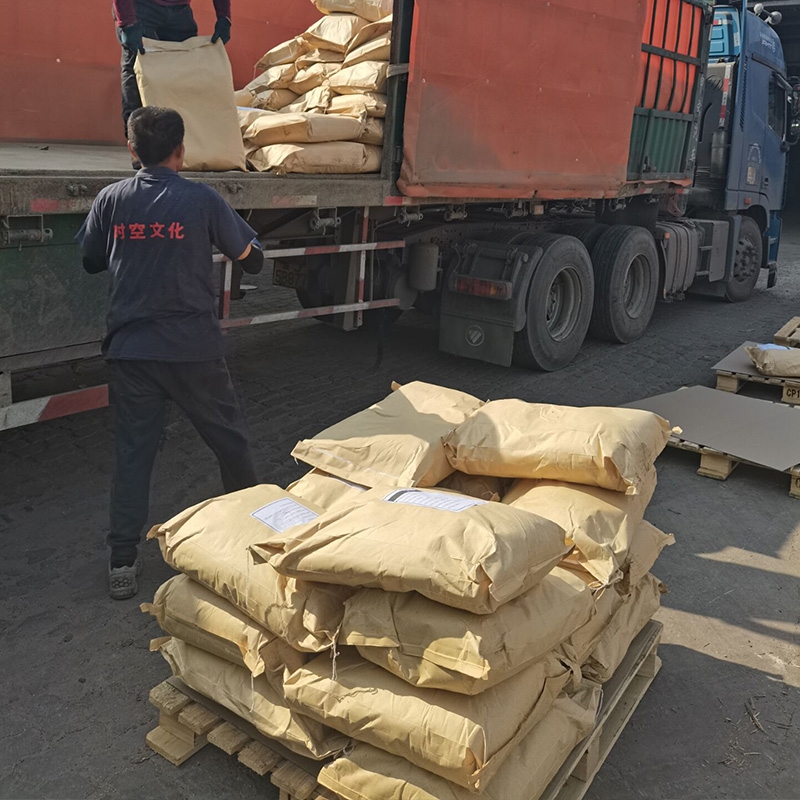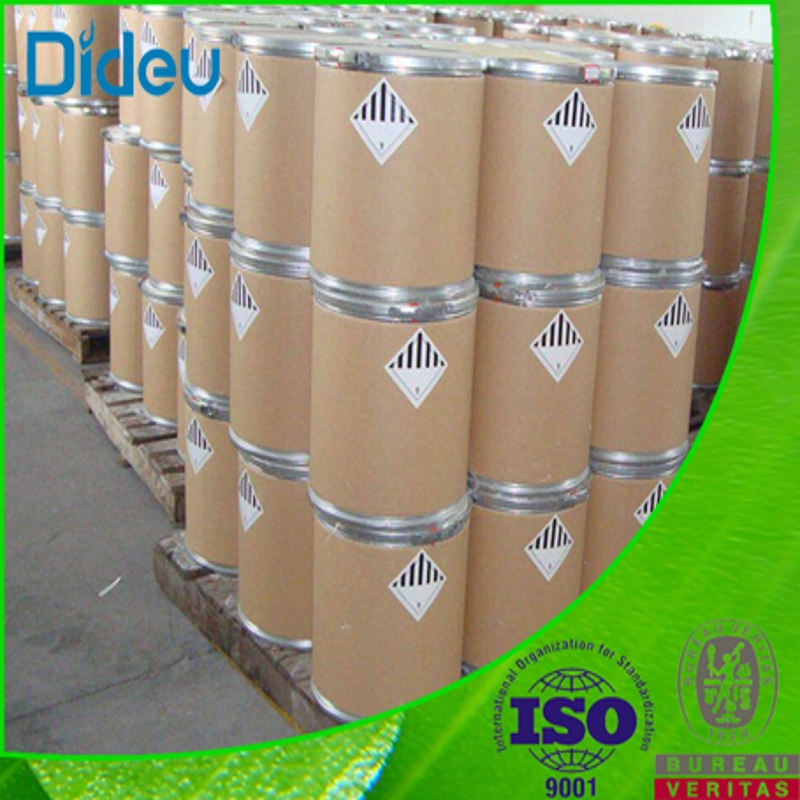-
Categories
-
Pharmaceutical Intermediates
-
Active Pharmaceutical Ingredients
-
Food Additives
- Industrial Coatings
- Agrochemicals
- Dyes and Pigments
- Surfactant
- Flavors and Fragrances
- Chemical Reagents
- Catalyst and Auxiliary
- Natural Products
- Inorganic Chemistry
-
Organic Chemistry
-
Biochemical Engineering
- Analytical Chemistry
-
Cosmetic Ingredient
- Water Treatment Chemical
-
Pharmaceutical Intermediates
Promotion
ECHEMI Mall
Wholesale
Weekly Price
Exhibition
News
-
Trade Service
With the aging of the social population, more and more patients need long-term indwelling catheters, nephrostomy, and cystostomy tubes and take the tubes home
.
Because most of the patients are elderly, with weak body, many underlying diseases, decreased self-care ability, and lack of self-care knowledge, improper care will cause a series of complications
.
In this issue of "Manage Tumors", we invite Chen Yiwen, the head nurse of the Medical Oncology Department of Zhongshan Hospital Affiliated to Fudan University, to talk with us about the daily care of urinary catheters, nephrostomy, and cystostomy
.
[Video] 02:59 [Guests in this issue] Chen Yiwen, chief nurse, Head Nurse, Department of Medical Oncology, Zhongshan Hospital Affiliated to Fudan University, member of Shanghai Anti-Cancer Association Cancer Nursing Committee, member of Chinese Geriatrics and Geriatrics Society Cancer Rehabilitation Branch [This issue focuses on 】What is an indwelling catheter? Indwelling catheter is simply a method of inserting the catheter into the bladder through the urethra to drain urine under aseptic operation, and retaining the catheter in the bladder to drain urine
.
What is a nephrostomy? Factors such as pelvic tumor infiltration, compression, and radiation-induced damage to the ureter often lead to postrenal renal failure, and the patient’s metabolic product excretion disorder can lead to rapid azotemia, water, electrolyte, and acid-base balance disorders
.
Percutaneous nephrostomy is a treatment method that relieves obstruction, is minimally invasive, has quick operation, and is safe for long-term catheter retention
.
What is a cystostomy? Cystostomy is a surgical fistula in the suprapubic bladder due to urethral obstruction to drain urine out of the body
.
What should be paid attention to at home during the indwelling catheter? 1.
Adequate water: First, ensure that the daily water intake is 2000-3000ml to prevent the occurrence of urinary tract infections
.
2.
A reasonable diet: eat a high-protein, low-fat, high-fiber, light and easily digestible diet, eat more fresh vegetables and fruits, strengthen nutrition, and prevent the occurrence of constipation
.
3.
Appropriate clothing: maintain good personal hygiene, and change clothes and bedding frequently
.
Clothes should be soft and comfortable and avoid tights
.
4.
Appropriate activities: Do not exercise vigorously.
You can carry out general daily activities, such as walking, etc.
, mainly based on your own comfort
.
5.
Fixation: Properly fix the ostomy tube and drainage bag to prevent distortion, compression and slippage
.
When changing the position, pay attention to the position of the drainage bag not higher than the urethral opening or stoma opening to avoid retrograde infection caused by urine reflux
.
6.
Unobstructed: ensure the smoothness of the fistula tube and the drainage tube, and squeeze it regularly to prevent the tube from being blocked
.
7.
Cleaning of the urethra: The indwelling catheter needs to keep the urethra clean, and should be scrubbed with warm water twice a day to avoid infection of the urethra
.
8.
Wound cleaning: During the intubation of nephrostomy and cystostomy, keep the dressing of the ostomy opening clean and dry, and replace the dressing in time when it is wet
.
The dressings were changed twice a week, and 0.
5% iodophor was used to clean and disinfect the stoma, and pay attention to protect the skin around the stoma
.
9.
Drainage bag cleaning: Replace the drainage bag twice a week to avoid retrograde infection
.
Urinary catheters need to be replaced every 2 weeks, and nephrostomy and cystostomy needs to be replaced monthly
.
10.
Observation: Observe the color, quantity and nature of urine every day, and record the data of these observations in the record book, which is convenient for future observation
.
Normal urine is light yellow, transparent, and the amount is about 1500-2000ml
.
If there is hematuria, flocculent, purulent urine, cloudy urine, or anuria for a long time, please seek medical attention in time
.
It is hoped that through our joint efforts, the suffering of patients will be alleviated, the quality of life will be improved, and you and I will walk with you on the road to fighting cancer! The World Health Organization has classified tumors as chronic diseases.
With the rapid development of tumor treatment methods, patients have a longer survival period and hope to have a better quality of life
.
So full management is very important
.
Patients with different tumors have different treatment methods and rehabilitation processes; even patients with the same tumor have different rehabilitation processes at different stages of the disease course, so it is particularly important to popularize knowledge about tumor management throughout the process
.
Take the initiative and seize the moment
.
The key to cancer prevention is early detection, early diagnosis and early treatment
.
In fact, cancer can be both screened and prevented, and early diagnosis and early treatment can also be cured
.
Understanding the pathogenic process and treatment process of cancer can remind and help everyone to seek medical treatment as soon as possible after early symptoms and signs
;
If you want to know more about tumor prevention screening and self-management, please visit the Science Exhibition Hall of Fudan Zhongshan Cancer Center! Source: Fudan Zhongshan Cancer Center
.
Because most of the patients are elderly, with weak body, many underlying diseases, decreased self-care ability, and lack of self-care knowledge, improper care will cause a series of complications
.
In this issue of "Manage Tumors", we invite Chen Yiwen, the head nurse of the Medical Oncology Department of Zhongshan Hospital Affiliated to Fudan University, to talk with us about the daily care of urinary catheters, nephrostomy, and cystostomy
.
[Video] 02:59 [Guests in this issue] Chen Yiwen, chief nurse, Head Nurse, Department of Medical Oncology, Zhongshan Hospital Affiliated to Fudan University, member of Shanghai Anti-Cancer Association Cancer Nursing Committee, member of Chinese Geriatrics and Geriatrics Society Cancer Rehabilitation Branch [This issue focuses on 】What is an indwelling catheter? Indwelling catheter is simply a method of inserting the catheter into the bladder through the urethra to drain urine under aseptic operation, and retaining the catheter in the bladder to drain urine
.
What is a nephrostomy? Factors such as pelvic tumor infiltration, compression, and radiation-induced damage to the ureter often lead to postrenal renal failure, and the patient’s metabolic product excretion disorder can lead to rapid azotemia, water, electrolyte, and acid-base balance disorders
.
Percutaneous nephrostomy is a treatment method that relieves obstruction, is minimally invasive, has quick operation, and is safe for long-term catheter retention
.
What is a cystostomy? Cystostomy is a surgical fistula in the suprapubic bladder due to urethral obstruction to drain urine out of the body
.
What should be paid attention to at home during the indwelling catheter? 1.
Adequate water: First, ensure that the daily water intake is 2000-3000ml to prevent the occurrence of urinary tract infections
.
2.
A reasonable diet: eat a high-protein, low-fat, high-fiber, light and easily digestible diet, eat more fresh vegetables and fruits, strengthen nutrition, and prevent the occurrence of constipation
.
3.
Appropriate clothing: maintain good personal hygiene, and change clothes and bedding frequently
.
Clothes should be soft and comfortable and avoid tights
.
4.
Appropriate activities: Do not exercise vigorously.
You can carry out general daily activities, such as walking, etc.
, mainly based on your own comfort
.
5.
Fixation: Properly fix the ostomy tube and drainage bag to prevent distortion, compression and slippage
.
When changing the position, pay attention to the position of the drainage bag not higher than the urethral opening or stoma opening to avoid retrograde infection caused by urine reflux
.
6.
Unobstructed: ensure the smoothness of the fistula tube and the drainage tube, and squeeze it regularly to prevent the tube from being blocked
.
7.
Cleaning of the urethra: The indwelling catheter needs to keep the urethra clean, and should be scrubbed with warm water twice a day to avoid infection of the urethra
.
8.
Wound cleaning: During the intubation of nephrostomy and cystostomy, keep the dressing of the ostomy opening clean and dry, and replace the dressing in time when it is wet
.
The dressings were changed twice a week, and 0.
5% iodophor was used to clean and disinfect the stoma, and pay attention to protect the skin around the stoma
.
9.
Drainage bag cleaning: Replace the drainage bag twice a week to avoid retrograde infection
.
Urinary catheters need to be replaced every 2 weeks, and nephrostomy and cystostomy needs to be replaced monthly
.
10.
Observation: Observe the color, quantity and nature of urine every day, and record the data of these observations in the record book, which is convenient for future observation
.
Normal urine is light yellow, transparent, and the amount is about 1500-2000ml
.
If there is hematuria, flocculent, purulent urine, cloudy urine, or anuria for a long time, please seek medical attention in time
.
It is hoped that through our joint efforts, the suffering of patients will be alleviated, the quality of life will be improved, and you and I will walk with you on the road to fighting cancer! The World Health Organization has classified tumors as chronic diseases.
With the rapid development of tumor treatment methods, patients have a longer survival period and hope to have a better quality of life
.
So full management is very important
.
Patients with different tumors have different treatment methods and rehabilitation processes; even patients with the same tumor have different rehabilitation processes at different stages of the disease course, so it is particularly important to popularize knowledge about tumor management throughout the process
.
Take the initiative and seize the moment
.
The key to cancer prevention is early detection, early diagnosis and early treatment
.
In fact, cancer can be both screened and prevented, and early diagnosis and early treatment can also be cured
.
Understanding the pathogenic process and treatment process of cancer can remind and help everyone to seek medical treatment as soon as possible after early symptoms and signs
;
If you want to know more about tumor prevention screening and self-management, please visit the Science Exhibition Hall of Fudan Zhongshan Cancer Center! Source: Fudan Zhongshan Cancer Center







